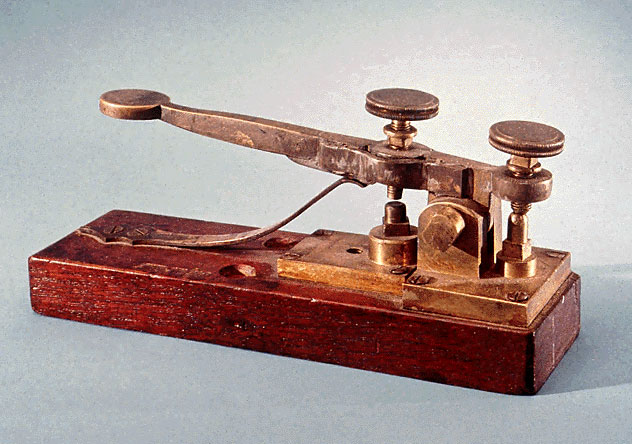Radio-telegraphy, is the sending by radio waves the same dot-dash message (morse code) used in a telegraph. Transmitters at that time were called spark-gap machines. It was developed mainly for ship-to-shore and ship-to-ship communication. This was a way of communicating between two points, however, it was not public radio broadcasting as we know it today.
Wireless signals, proved effective in communication for rescue work when a sea disaster occurred. A number of ocean liners installed wireless equipment. In 1899 the United States Army established wireless communications with a lightship off Fire Island, New York. Two years later the Navy adopted a wireless system. Up to then, the Navy had been using visual signaling and homing pigeons for communication.
In 1901, radiotelegraph service was instituted between five Hawaiian Islands. By 1903, a Marconi station located in Wellfleet, Massachusetts, carried an exchange or greetings between President Theodore Roosevelt and King Edward VII. In 1905 the naval battle of Port Arthur in the Russo-Japanese war was reported by wireless, and in 1906 the U.S. Weather Bureau experimented with radiotelegraphy to speed notice of weather conditions.
In 1909, Robert E. Peary, arctic explorer, radiotelegraphed: "I found the Pole". In 1910 Marconi opened regular American-European radiotelegraph service, which several months later, enabled an escaped British murderer to be apprehended on the high seas. In 1912, the first transpacific radiotelegraph service linked San Francisco with Hawaii.
